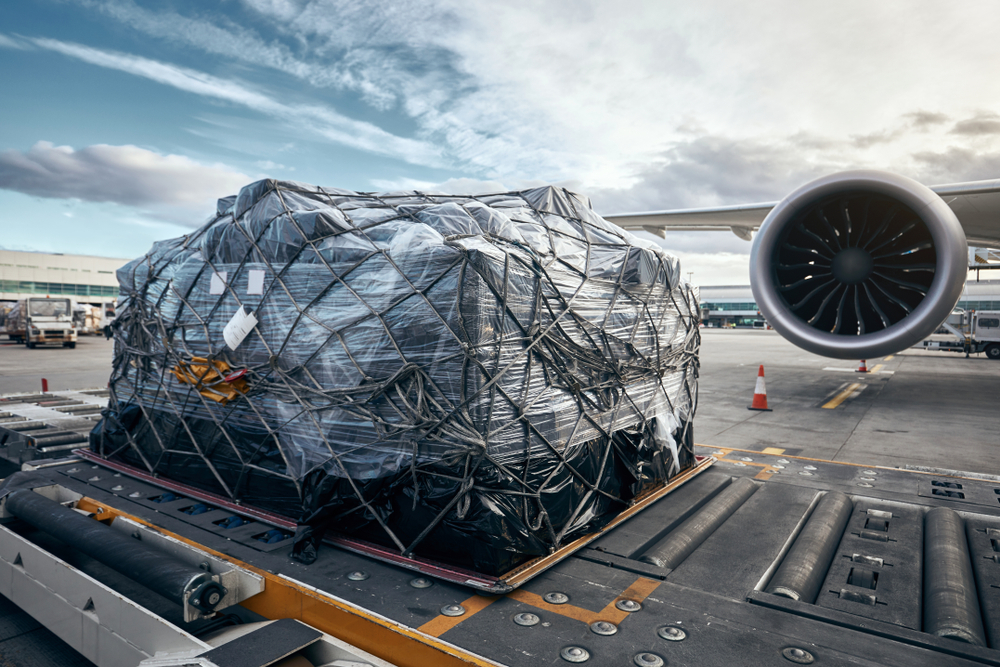Crude prices slipped in trading on ahead of Wednesday's OPEC+ meeting where the group is forecast to stick to its planned increase of 400,000 barrels per day, ignoring pleas from Washington to turn on the taps more than the alliance planned earlier.
OPEC+, which includes Russia, meets on Wednesday evening at 18:00 Saudi Arabian time.
The group’s joint technical committee said it expects the oil market to remain in a 0.9 million barrel per day (bpd) deficit this year, before reaching a surplus of 2.5 million bpd in 2022 as it increases production in line with its earlier commitment.
Oil traders are largely bearish on higher oil prices despite concerns the market is increasingly susceptible to one-off disruptions in the current tight conditions.
Hurricane Ida has led to the closure of offshore oil platforms which has resulted in around 95 percent of Gulf of Mexico oil and gas production - 1.72m barrels of crude and 2.01bn cubic feet of natural gas output per day - being halted.
However, the latest snapshot from China, the world’s largest oil importer, has increased fears about the impact of the pandemic on demand as the country’s factory output grew at a slower pace than forecast in August while the country’s services sector contracted.
A survey of analysts by Reuters revealed the majority believe prices will remain comfortably below US$70 this year.
DBS Bank analyst Suvro Sarkar said: “With the Delta variant in play weighing on demand and price sentiment, overheating in oil prices is unlikely in the near term.”
The analysts predict an average price for Brent of $68.02 a barrel in 2021, down slightly from an earlier consensus of $68.76.
However, the more bullish in the market believe prices could jump 20 percent higher as the global economy, most notably international aviation, continues to reopen with the help of the Covid-19 vaccine.
Swiss bank UBS is forecasting Brent will hit a minimum of $75 per barrel before the end of the year.
Mark Haefele, chief investment officer with UBS Global Wealth Management, said: “We expect the structural tightness in the oil market to persist in the remainder of 2021, and we see the energy sector as one of the key beneficiaries of the global reopening. We maintain our forecast for Brent to climb to $75 per barrel or higher this year.”
Current OECD oil inventories, are well below the five-year average and are likely to fall further in the coming months as mobility improves with the global rollout of the Covid-19 vaccine.
Matt Maley, equity strategist at Miller Tabak, told CNBC this week that US crude could jump by between 20-50 percent this year.
He added the energy sector had outperformed the overall market by a large margin since last October.
Wednesday's OPEC + meeting comes as oil and gas producers were warned they should use current cash flow generated by steadily rising prices to speed up decarbonisation of their businesses.
Energy consultancy Wood Mackenzie said the “oil price windfall” had given producers had a “golden opportunity” to invest more in renewables.
Tom Ellacott, senior vice president of corporate research at WoodMac said: “It is incredibly rare for an industry to get a decades-long notice that its business is under threat. Not only does the oil and gas industry have the luxury of clear warning, it has significant cash flow coming its way from higher prices. The commodity price upcycle provides a golden opportunity to accelerate emissions reduction, with a clear financial framework.”
David Clark, vice president of corporate research at the consultancy added: “Many oil and gas companies willingly accept hedging costs to de-risk near-term cash flows. It’s time to hedge longer-term carbon risk with rising low-carbon investment.”
Clark said producers need to establish a financial framework for their transition away from fossil fuels that should include capital allocation between dividends and investment in both legacy oil and gas ventures and future low-carbon businesses.
The Wood Mackenzie Corporate Service estimates oil majors will allocate around 15 percent of their 2021 investment budget to renewables but said they needed to spend more.
Brent crude futures for October, due to expire on Tuesday, fell 0.56 percent, to $73 a barrel at 6:04 p.m. Riyadh time. US West Texas Intermediate (WTI) crude futures were down 0.64 percent, at $68.77.




























